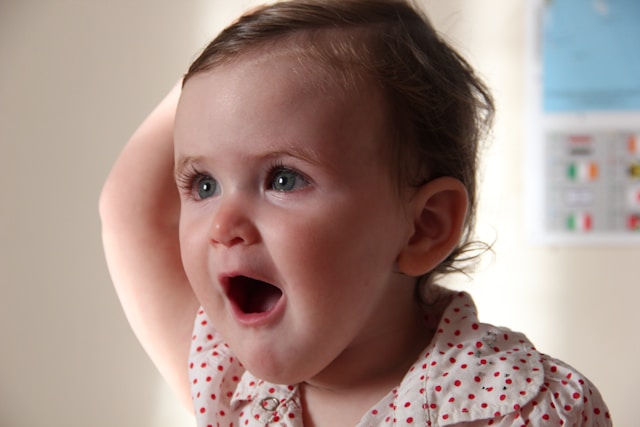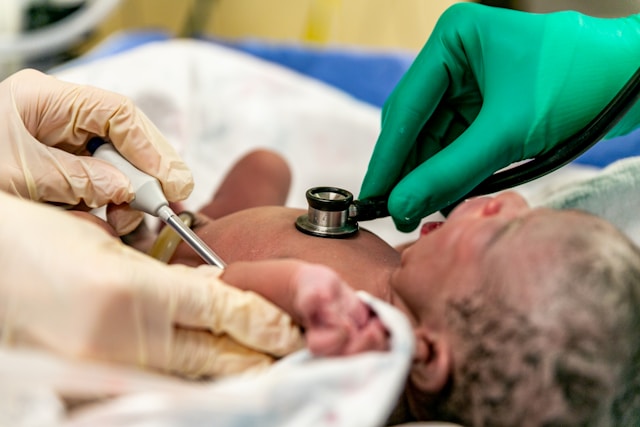A new baby brings much happiness and new things for families and carers in Australia to learn. Growing up leads little ones to face many small accidents as they discover their world. Babies show curiosity while exploring, but their bodies are fragile so even a fall can make an injury. Parents must understand the usual baby injuries and safe ways to treat them each day.
No one can stop every accident, even with close watching and care. Rolling from the sofa, touching a hot thing, or eating a small object can happen in one moment. These small mishaps appear during baby learning. The most helpful response is to stay calm and act fast. Good information and planning mean many baby injuries need only home treatment, without a sudden trip to hospital. If simple actions do not help or if symptoms seem serious, parents must ask a health expert for advice.
Australian parents learn baby safety and first aid by turning to expert training. EmergCare, a trusted online training provider in Australia, teaches baby care steps and gives family members useful first aid tips. These lessons help carers and grandparents react calmly and quickly when children get hurt.

Falls and Head Injuries
Falls hurt most babies, more than almost any other accident at this age. Risks grow once babies move, crawl, stand, or try to walk for the first time. Children can fall from beds, changing boards, couches, or while learning to hold furniture. After falling, many babies get a bruise or small swelling that goes away on its own, but head injuries need special watching. If your baby cries but soon calms and they look normal, the fall usually did not cause harm. Keep checking for vomiting, unusual drowsiness, strange reactions, or fainting, as these signs show the doctor should see your baby quickly. To treat minor bumps, use a cold pack for ten to fifteen minutes on the hurt spot to help the swelling go down.
Burns and Scalds
Burns happen often in Australian kitchens and bathrooms. With soft skin, a baby can get a burn from hot water, strong steam, or the sun with just a short touch. Danger comes from hot drinks, hot food, or bathwater if parents do not check closely. Always treat a burn by holding cool running water over the area for at least twenty minutes. Never put ice, butter, or strange creams like toothpaste on burns. Though cool water helps, use only clean, dry non-stick dressings to cover burned parts after treatment. Face, hands, private area, large, or blistering burns need to be checked at the hospital. Lower the risk of hot water burns by keeping tea and coffee away and checking bath temperature before use.

Cuts, Scratches, and Bruises
Wounds need cleaning with gentle soap and water. Put gentle antiseptic just for babies and use a clean bandage for covering. Parents should watch every cut for swelling, pus, or red colour, because these can show infection. Most bruises are on the knees or forehead and do not cause worry if your baby is active. Cold compresses can help make swelling go away in these cases. Trimming your baby’s nails and keeping sharp items out of reach work as good ways to lower small injuries.
Choking and Breathing-Related Injuries
If a baby coughs loudly, allow them, as this often clears the throat. If a baby turns blue, cannot make noise, or breathes badly, act straightaway. Learning baby CPR and choking help is possibly the most needed skill for parents. Registered first aid programs in Australia teach these steps to families.
Insect Bites and Skin Reactions
Australia’s warm months cause many babies to get insect bites, leading to swelling, redness, and itching most times. These bites can be handled by cold packs and baby-friendly antihistamine cream if used with care. Some babies get bigger problems such as swollen lips, rash all over, or breathing problems, which needs emergency care. Dressing your children in longer breath-friendly clothes and using pram insect nets lowers bite risk outside. Pick baby-safe insect sprays and always follow usage guidelines on the label.














